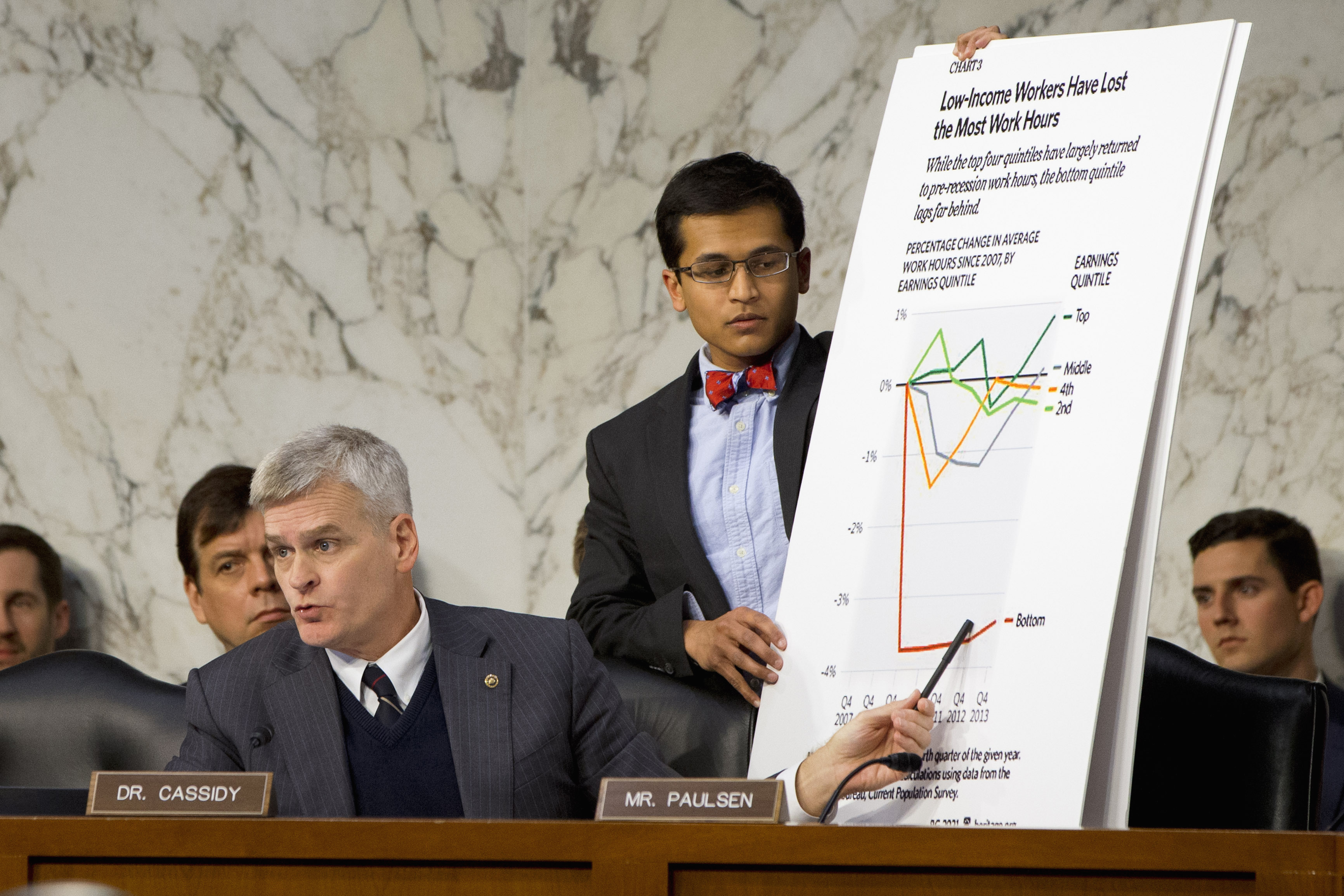A (Not Entirely) Dead Week Ahead Before Fed Week

The calm before the storm? Here comes the “dead week” before the U.S. Federal Reserve raises interest rates for the first time since June 2006 – 9 1/2 years ago.
It will be a week of last-minute positioning by financial markets before the expected hike on Dec. 16 and scrutiny of various global data releases to see what risks there are to the move.
But first, let’s put it in historical perspective.
The last time the Fed raised its fed funds rate, Barack Obama was a freshman senator and Angela Merkel was barely half a year into her job as German chancellor.
Even more remarkable, perhaps, is that all these years later the Fed is an outlier in its move to tighten. A total of 43 central banks have eased monetary policy this year, including the European Central Bank, which cut its deposit rate deeper into negative territory in the past week.
Some emerging market central banks, such as Brazil’s, have been forced to tighten to protect their currencies, and some policy-makers, such as those in the Bank of England, are itching to end their ultra-easy money regimes.
But the global economy – slow, uneven and with barely any inflation in many places – has been putting a lid on what some economists like to call policy normalization.
This should be underlined on Thursday when the Bank of England makes a decision on its bank rate. In a Reuters poll, no one expected any change from the record low 0.5 percent that has been in place since March 2009. The Bank of England’s last rate increase was in July 2007.
Markets, in the meantime, have become addicted to cheap, plentiful cash – part of the reason there was a negative reaction to the ECB’s move when it did not loosen as much as some had expected.
With this as a backdrop, the main data in the coming week may well be from China, where the economy has been struggling and having a wide spillover effect because of the country’s import/export might.
“The manufacturing … reading for November portrayed continued weak activity, prompting us to put our [fourth-quarter] GDP growth forecast of 7.0 percent under review for a downgrade,” ING said in a note.
“We expect nothing in next week’s data – trade, inflation and monetary aggregates [that] are due – to alter the picture.”
Reuters polls for the trade data, due on Tuesday, suggest both exports and imports will have continued to decline on a year-on-year basis, albeit at a slower pace.
China’s wobble and scant inflation in economic powerhouses such as the euro zone, Japan and Britain are the main economic risks weighing on normalization.
They should not, however, deter the Fed – at least initially.
Emerging markets, in the meantime, have had plenty of time to digest the idea of higher Fed rates, which can draw money away from them.
So the Fed move after the coming week is not likely to cause any kind of widespread crisis.
Capital Economics, however, reckons some countries are more vulnerable than others.
Venezuela, China, Argentina, Ukraine, Thailand, Turkey and Colombia top the firm’s list of countries where the economies may get into difficulty.
Everyone has a week to think about it.
To Read The Full Story
Are you already a subscriber?
Click "Sign In" to log in!

Become a Web Subscriber
Click “Subscribe” below to begin the process of becoming a new subscriber.

Become a Print + Web Subscriber
Click “Subscribe” below to begin the process of becoming a new subscriber.

Renew Print + Web Subscription
Click “Renew Subscription” below to begin the process of renewing your subscription.



